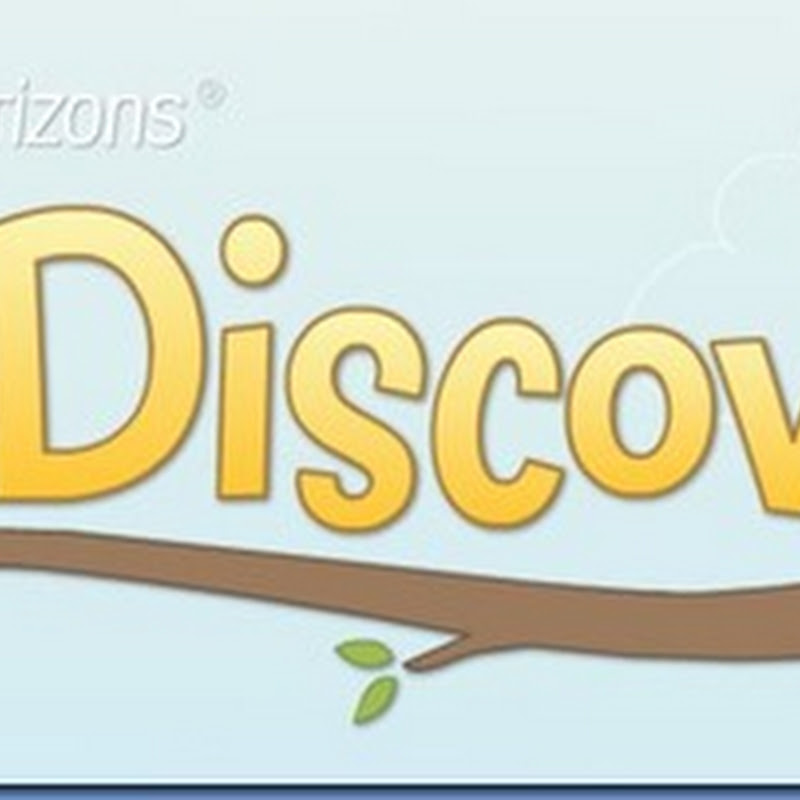Well
I have to admit that our school days are quickly filled with many
things to do and blogging falls to the end of that list. That being said
we did these studies a few weeks ago but it was still on my list of
things to write about AND the kids learned a lot. So here's a quick post
about our artist of week~
Piet Mondrian
Step 1: We start the lesson with a computer slide show while I read along with a script discussing the who, what, when, where, why, and how of each of the artists' work while at the same time discussing what the student sees and notices about the paintings. There are two things that I like about Meet the Masters 1)there are built in questions so that the teacher knows if the student is retaining anything. 2)There is a short 10 question test at the end of the slideshow asking various questions so again you know if you're student learned anything.
We learned about color and balance and how Mondrian used simple design to balance his pieces.
Step 2: Learning from the artist. After we finished the slide show we worked through a four-page workbook practing balance and color.
Step 3: Art Activity. The art activity at the end of the unit really wrap the whole study in a nice way. My kids love pretending to be the artist and create these modern and exciting pieces especially since the art activity is not complicated and doesn't require a lot of supplies or steps.
The end result: and calm pleased child. I think Junior, in particular, enjoyed this one because he is the typical first child that likes form, lines, and a clean process for pretty much everything including art.
We really enjoyed this Piet Mondrian unit study,
Jenna
Piet Mondrian
Step 1: We start the lesson with a computer slide show while I read along with a script discussing the who, what, when, where, why, and how of each of the artists' work while at the same time discussing what the student sees and notices about the paintings. There are two things that I like about Meet the Masters 1)there are built in questions so that the teacher knows if the student is retaining anything. 2)There is a short 10 question test at the end of the slideshow asking various questions so again you know if you're student learned anything.
We learned about color and balance and how Mondrian used simple design to balance his pieces.
Composition III
New York City 1942 Oil on canvas
Portrait of Piet Mondrian
Broadway Boogie Woogie 1942-43
Step 3: Art Activity. The art activity at the end of the unit really wrap the whole study in a nice way. My kids love pretending to be the artist and create these modern and exciting pieces especially since the art activity is not complicated and doesn't require a lot of supplies or steps.
The end result: and calm pleased child. I think Junior, in particular, enjoyed this one because he is the typical first child that likes form, lines, and a clean process for pretty much everything including art.
We really enjoyed this Piet Mondrian unit study,
Jenna







































